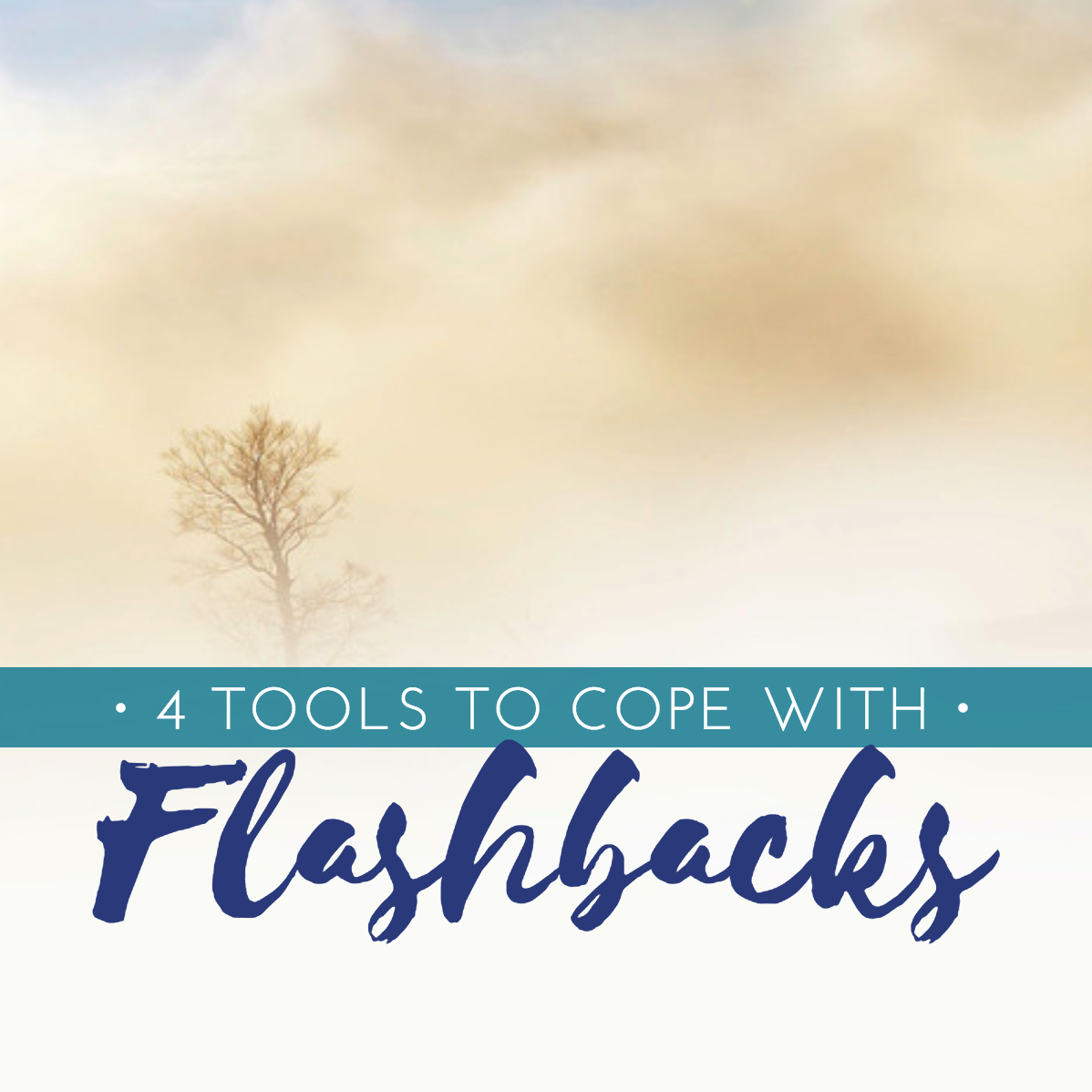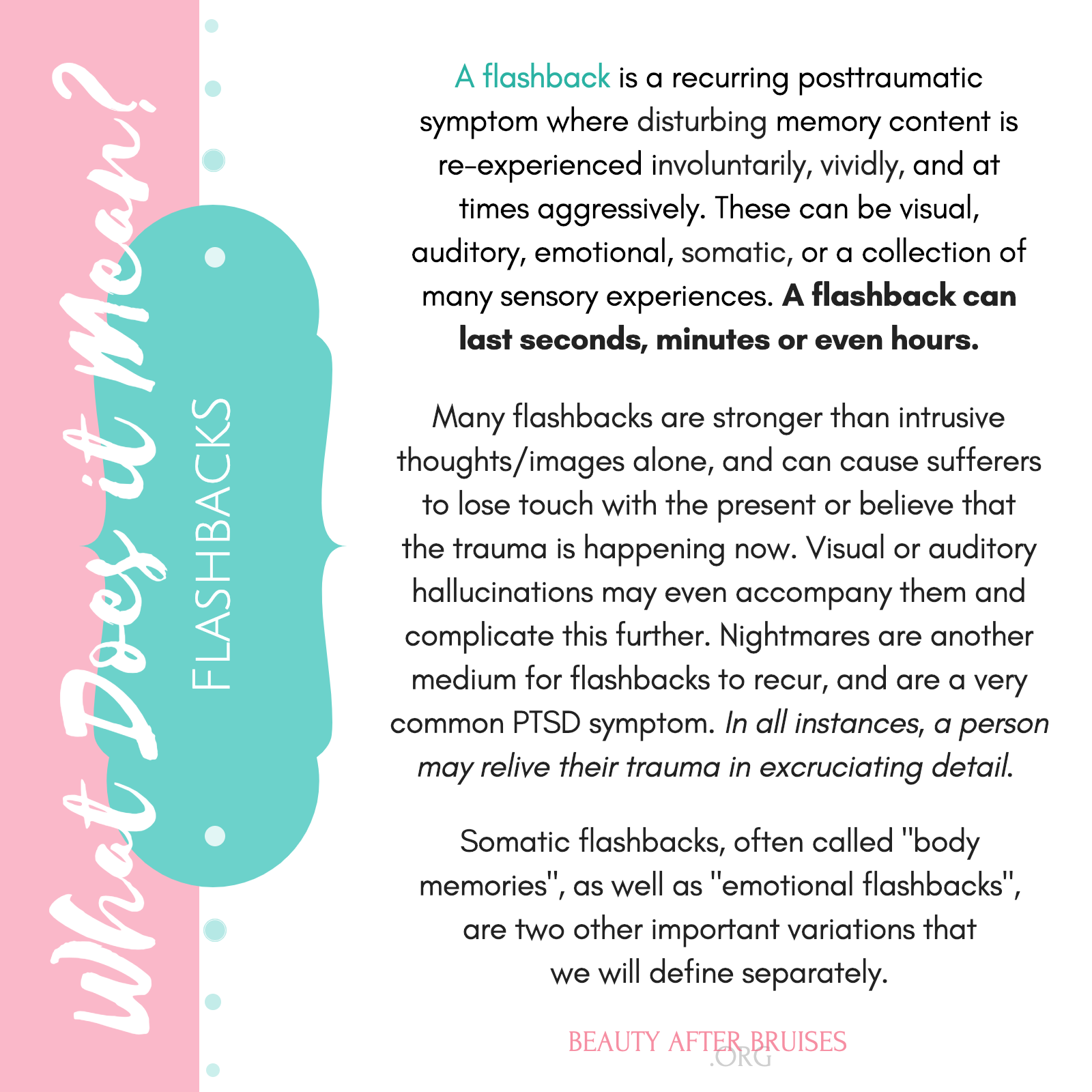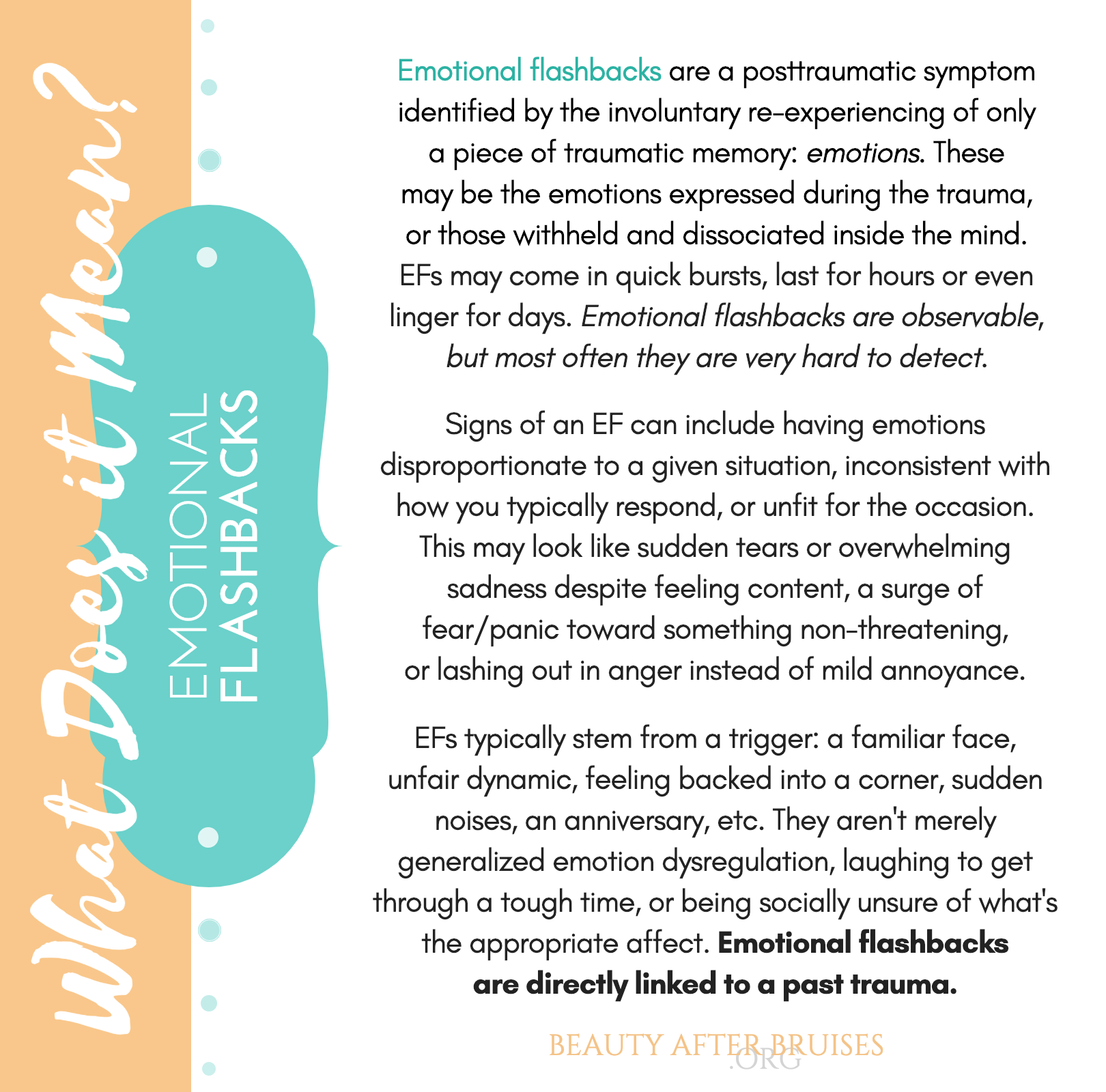When #MeToo Helps.....then Hurts
It was mid-October when the words “Me Too” took us all by storm and shook the ground; impassioned, strong voices broke through the earth to let their stories of sexual assault be heard and felt. Survivors worldwide began disclosing their experiences, discussions about sexual assault began to spark, and together we all faced the brush fires stirring in our own communities. What started in Hollywood spread to our personal feeds and many were completely overwhelmed by the sheer volume of loved ones who’d been affected by sexual misconduct in some way. Brave, courageous stories were being told, honesty and openness were being more respected, and incredibly moving work was taking off at an unprecedented rate. While difficult, it offered the first glimmer of hope to all the survivors who’d been sitting in their silence since they were small children, ignored and mistreated for so long. This could be the turning page! “This could be the moment we’re seen. This could my chance to be believed! The battles I face every single day just to make it through could lift! …someone will finally understand us!” Unfortunately, over time many started to see that the movement that held, and still holds, so much promise was letting them down and, at times, even actively causing them pain. Survivors who were most broken by sexual violence were being left out, others were being narrowly characterized as the problem, and then there were those being lifted into the spotlight with whom most couldn't identify. What aimed to amplify the voices of those hidden and silenced the harshest, instead began doing the silencing and hiding.
It’s been three months. Three months since we’ve begun having daily, public conversations about sexual assault, consent, harassment, power dynamics, manipulation, silencing, fear, coercion, and so much more. These topics are fiercely important. Yet, somehow we’ve moved on to where the conversation delved into the smallest of details, to where we even openly analyze the very minutia of one person’s assault, but managed to jump right over entire groups of men, women and children who are most affected by sexual assault. They were left out of the broader conversation entirely. Men have been almost completely shut out. We even had two famous men come forward with their experiences, but as more came forward against Spacey, those men devolved into just part of a number count - not people with names and stories, like each individual woman against Weinstein was given. You also had to work exceptionally hard to find anything about them. On another plane, and it has already been well-observed but bears repeating, people of color have been largely overlooked in favor of powerful, white, attractive women. The most neglected, however, have been those abused as children and teens. So, if you are/were a little boy, or a child of color, forget it. Three months and no one with influence has taken the time to speak on your behalf or any of the populations most exposed to sexual/complex trauma. Survivors themselves have been speaking, though. They’ve been sharing their stories, as well as their frustrations, their pain, their sense of invisibility, their disappointment, and their desire to just be seen and be given care. But, these strong souls are forced to talk mostly amongst themselves — with those who already get it. Any attempt at more public dialogue or even education has been so explicitly redirected or avoided. That's unacceptable.
Several weeks into the movement, we saw branches like #ChurchToo take off. This brought with it renewed hope for many, particularly the groups feeling most ignored. It felt like there was still a chance we could get to them soon; just give it time, soon the spark will catch. But, then the compassion fatigue seemed to set in, sympathies were waning, and many had their embers snuffed out as they saw it barely trend, never given a hashtag icon, and articles about it remaining very few and far between (and, most were about churches defending themselves). Over time, it seemed concerns about the direction of MeToo - including its re-traumatizing and triggering effects - were either disregarded or met with hostility. ..as if by expressing concern, one was arguing against its necessity or importance as a movement. Which, is typically untrue and worrying at best.
In the last month, MeToo has been increasingly described as a women’s movement. “Thanks to #MeToo, it’s the year of the woman,” “#MeToo gave a chance for women to tell their stories,” “Stars are dressing in black to support the women affected by sexual assault.”. To add insult to injury, men were universally being characterized as the perpetrators. They were emphatically told it’s their turn to LISTEN. They were told they aren’t to be doing any talking, just listening and taking notes on what they plan to do to help women. Male victims are an afterthought or a parenthetical to an article about women. They aren’t allowed to speak, just learn and don’t abuse. This is dangerous, toxic, and painful. It takes away their voices to come out as victims themselves, and re-impresses to ALL victims that, unless their abuse was at the hands of a male, they just shouldn’t come forward. Abuse perpetrated by women has been responded to in a wildly different way. Some have even said it’s “not the time for those stories because we’re trying to help women right now”. No. No, we aren’t. We’re trying to help victims of sexual assault. Humans. That includes men. That includes those who were hurt by women. It means little boys, teens, children and little girls. It means we fight for those hurt by family members, those with multiple perpetrators, whose abuse lasted for years, and those who’ve been trafficked, who are poor, who have nothing to their name, and those with no power elsewhere.
THIS IS NOT A WOMEN’S MOVEMENT. IT’S NOT A POWERFUL-WOMEN EXCLUSIVE movement. IT IS NOT A MOVEMENT AGAINST MEN.
This is a movement for survivors of sexual assault. And, to exclude any group is to abuse them again. To say their voices aren’t important, their stories insignificant, motives impure, or not as glamorous a story for a magazine cover, is inexcusable. Being selective with the voices we lift up, and when, says to everyone else, “You don’t fit our agenda, your story is too messy or hard to hear, you can wait your turn”. Only, their turn won’t ever come if no one takes a stand for them. They cannot just be expected to talk amongst themselves indefinitely and expect anything to change. They need the world to see them, understand them, to HELP them.
More Evidence of Inequity
We currently have the largest criminal case of sex abuse against children, teens and adults that the U.S. has seen in decades. The number of girls who've survived the abuse of Larry Nassar - former team doctor within USA Gymnastics, Michigan State University and club gym Twistars - surpasses the number of Sandusky, Weinstein and Bill Cosby victims combined. Yet, somehow, even in the era of #MeToo, it’s gotten a fraction of the coverage as each of those cases independently. Over one-hundred and forty girls [update: currently over 200 girls and the addition of a male as of January 23, 2018] and women were hurt by one man (as well as the organizations that employed him, and specific individuals who enabled his abuse), over the span of 3 decades, with many reports against him that went ignored or were hidden -- but somehow, the story and all of its lessons has struggled to have any lasting power in the media or public discourse. Is it because many were children and teens when they were hurt? Because it wasn’t sexual harassment, or abuse against independent women, and seen as off-topic? Was it just too difficult to hear? Too unbelievable? Was it because these precious survivors weren't wealthy, didn't have a current platform or large following, or were mostly just strangers from Michigan? In truth, it is because of all those reasons and more. Some of the more ludicrous-sounding posits even have evidence behind them. There only was a sudden uptake in interest, after an entire year of coverage and legal proceedings, once McKayla Maroney, Aly Raisman, Gabby Douglas, Simone Biles and, most recently, Jordyn Weiber, each stepped forward in the case against Larry. Only then was attention given to this beyond the walls of the gymnastics community. You can even witness the trend yourself. The week Simone Biles came forward is when coverage took off, but then it took celebrities offering monetary support to McKayla Maroney; 156 of the 200+ victims sharing their impact statements in court, to Larry and anyone who would listen; and Aly Raisman's testimony and forceful words being specifically picked up and featured in the New York Times, just to keep it there. To further update: it actually took sassy, fiery, gif-worthy Judge Aquilina to thrust the story into the real spotlight -- I mean, look at those numbers since the case broke. Many deemed her their new hero, but it seems they forgot who the real heroes in this case are.
This deeply disheartening trend in media coverage and public interest sent a very, very loud and clear message to the 135+ non-famous little girls, teens and women who originally csme forward in the last 2 years: that they alone weren't important enough for the public to care. Their abuse, suffering and stories of survival weren’t something people wanted to hear about or learn from unless they were already emotionally invested in them as a fan. Several of these remarkable girls were even vocal about how much that hurt. They weren't 'marketable' or click-worthy enough by their own accord -- not even in the era of #TimesUp, or as they fought back against the most heinous criminal, and the very powerful organizations, that created the worst case of institutional child endangerment that the U.S. has seen in decades. Once clout, power and celebrity were introduced, publications couldn't be written fast enough. These are the kinds of actions that hurt everyday survivors deeply, and everyday survivors are who this world is made up of. However, even once the brilliant voices of our Olympic gold medalists were added, breathing new life into its visibility, it was clear their fame and power were still inadequate to that of a Hollywood celebrity. They provided a bump in exposure, but only a bump. They, too, were given the message that their fierce, powerful and also heartbreaking voices, after years and years of abuse, weren’t as meaningful as those retelling one night as a Hollywood elite. And, that not only stings and cuts deep to those experiencing the neglect, but to many witnessing it. Because, if that’s true for even them, it begs the question to survivors everywhere, sitting in their nondescript homes, with names no one knows, and traumas deemed “too bad”, “too gross” or “too complex”: “What chance do I have for anyone to care about me? Who will help me? Who will fight for me to make my life safer? Who helps make sure that what I'VE been through never happens to anyone else? Who will help me get the treatment I need to stay alive? When will anyone believe us? WHEN WILL ANYONE JUST HEAR US?!”
If that isn't a repeat dynamic of the questions they asked themselves as children victimized in their own homes, schools, daycares, and sports teams, I’m not sure what it is. #MeToo, #TimesUp, and those championing them the hardest promised to fight for those who couldn't fight for themselves. Who can’t come forward. Who are scared, unseen, and voiceless. But so far, we’ve only witnessed stories of abuse to children, teens and men being pushed out of the discussion in favor of celebrities and those who have power elsewhere in their lives. It hurts. This version of #MeToo hurts. And, I can promise you that was never part of Tarana Burke’s mission statement ten years ago.
Looking Ahead
One thing that we MUST also keep in mind as we continue to spotlight sexual assault and have extremely important conversations about the behavior of those who abuse — is how it invariably pushes those who are actively abusing individuals, especially children, further underground. …which typically involves worsened abuse. Fear of being caught leads to firmer punishments, deeper threats, drilling victims much harder about not telling anyone, convincing them no one will believe them, and instilling the fear of God (or death) into children who might think for even second of telling a loved one or teacher. Teens may be the most vulnerable because their abusers know they have access to the internet and may see these conversations about abuse in the media. They have a unique opportunity like never before to realize “them too” and want to seek help. Unfortunately, those who abuse only care about themselves and will not be scared into inaction; they will only abuse more violently and creatively to further insulate themselves. We need to remember that, while we cannot and should not be quieted just because these individuals exist, we need to do that much more for those presently trapped in abusive environments. If we’re going to have these global conversations — and we MUST — we must also take thoughtful, intentional care of those who are still under threat. Those who are being further endangered by our mission to deconstruct the institutions that make abuse so prevalent deserve better. And, despite beliefs to the contrary, there are absolutely things that we can do on this front. There are actions we can take. We just need to remember to explore them and that this is not just about us sharing our stories and letting people know it’s an issue, but going out of our way to protect others from future victimization as well as rescuing those still in its vice grip.
Above all, we must remember the most vulnerable. A movement FOR the broken, should not leave anyone more broken. Children and most teens are the truly voiceless. They cannot say #MeToo. They cannot put a post on social media and be enveloped in support and care. They may not even know what’s happening to them is even wrong yet. They’re terrified and afraid, just as so many who are now adults but hurt as children remain. Yet, they’re the ones left out of the global effort to create a better world for survivors right now. We must remember them always. And, we must remember men. The men who’ve been violated but still told to hush up and just listen. The men who were hurt as adults, as little boys, who were trafficked, and men who were hurt by women. We must think about anyone who’s EVER been hurt at the hands of a female — who is struggling with that independently, let alone in the public sphere. We must think of those who are not wealthy, who are disabled, who don’t have jobs, who cannot go to court, who are not safe, who cannot even share their story. We must keep in mind every survivor who is too scared to speak against someone more powerful than them because having their motives questioned, being told they’re lying for attention, or are only seeking justice because they want money/fame is too great an assault on their character and integrity to bear. They've been assaulted enough. They don't need one more against the core of who they are. We must keep in mind every survivor whose trauma was severe, unpretty, chronic and whose abuse left them with severe mental health issues. They are not crazy, they are not weak, they are not ‘bad’ or ‘gross’, they are not lesser than. They are just as important as anyone else with a trauma history they never asked to own.
We need to get up close and personal with the fact that #MeToo is meant for everyone. Sexual assault is a human issue. And, if your movement doesn’t include those who are affected by it most, then it’s causing more harm to those already hurting than good. But it does not have to remain that way.
Our Commitment
We want to re-confirm our stance to fight for women, men, children and teens today until forever — regardless of race, income level, ability, mental illness or severity of one's story. We will never stop fighting for you or trying to create a better world for us all. That includes helping those already victimized to be seen as whole and complete individuals, and to get them the treatment and care they deserve. It also includes taking every step within our power to educate the public and clinicians on trauma, particularly complex trauma, and to prevent this from continuing. We have faith that this movement CAN shift in the right direction once more. These conversations are desperately important. They are invaluable, and the strength of each and every person who dared utter the words MeToo, as well as those who bear witness, can not be understated. But, we need to see this opportunity be extended to everyone. We believe that’s respectful, responsible and entirely realistic. We also believe the hope we were initially ignited with can be rekindled.
We are honored to be a part of this fight with you, and we will hold each and every hand - big and small - through the journey.


















